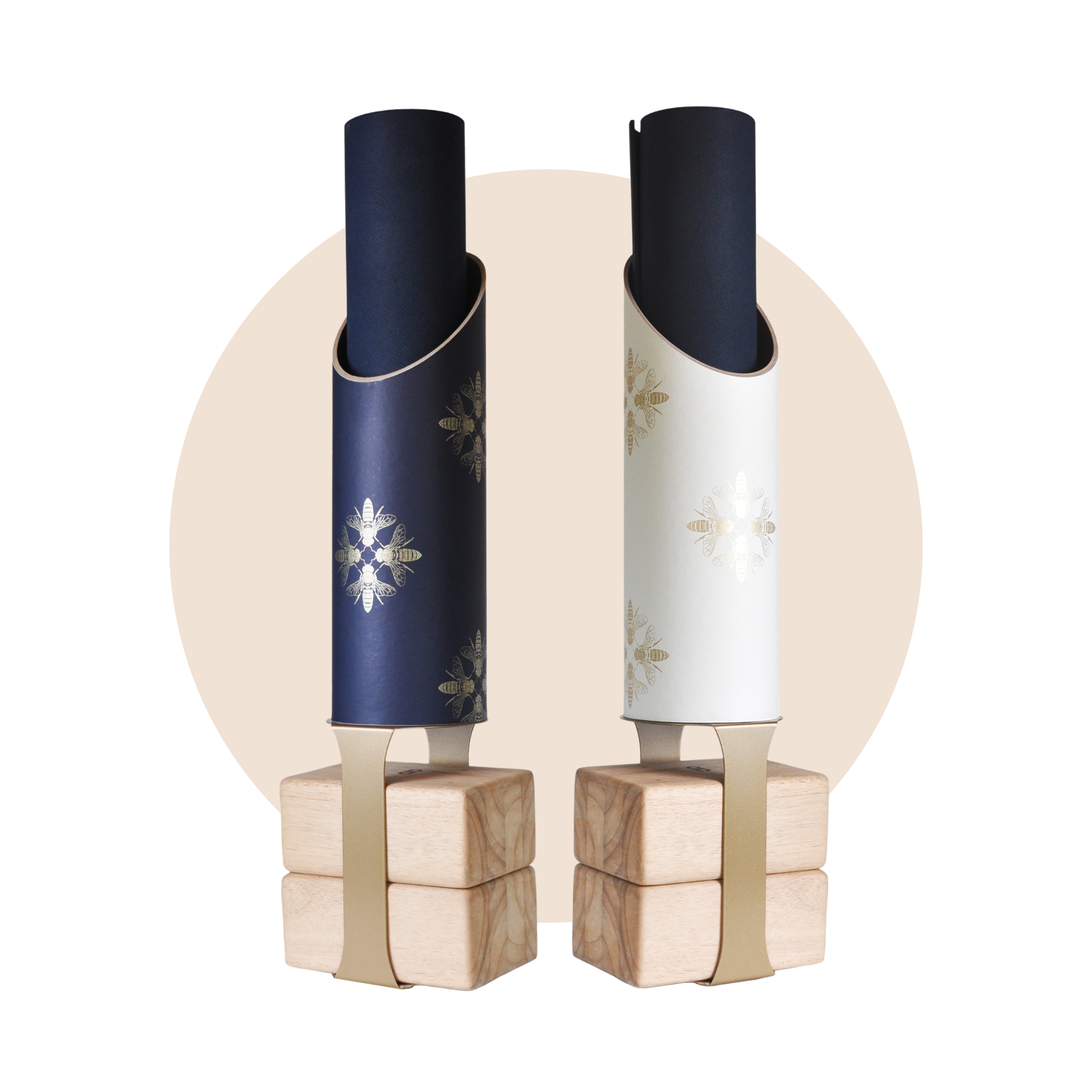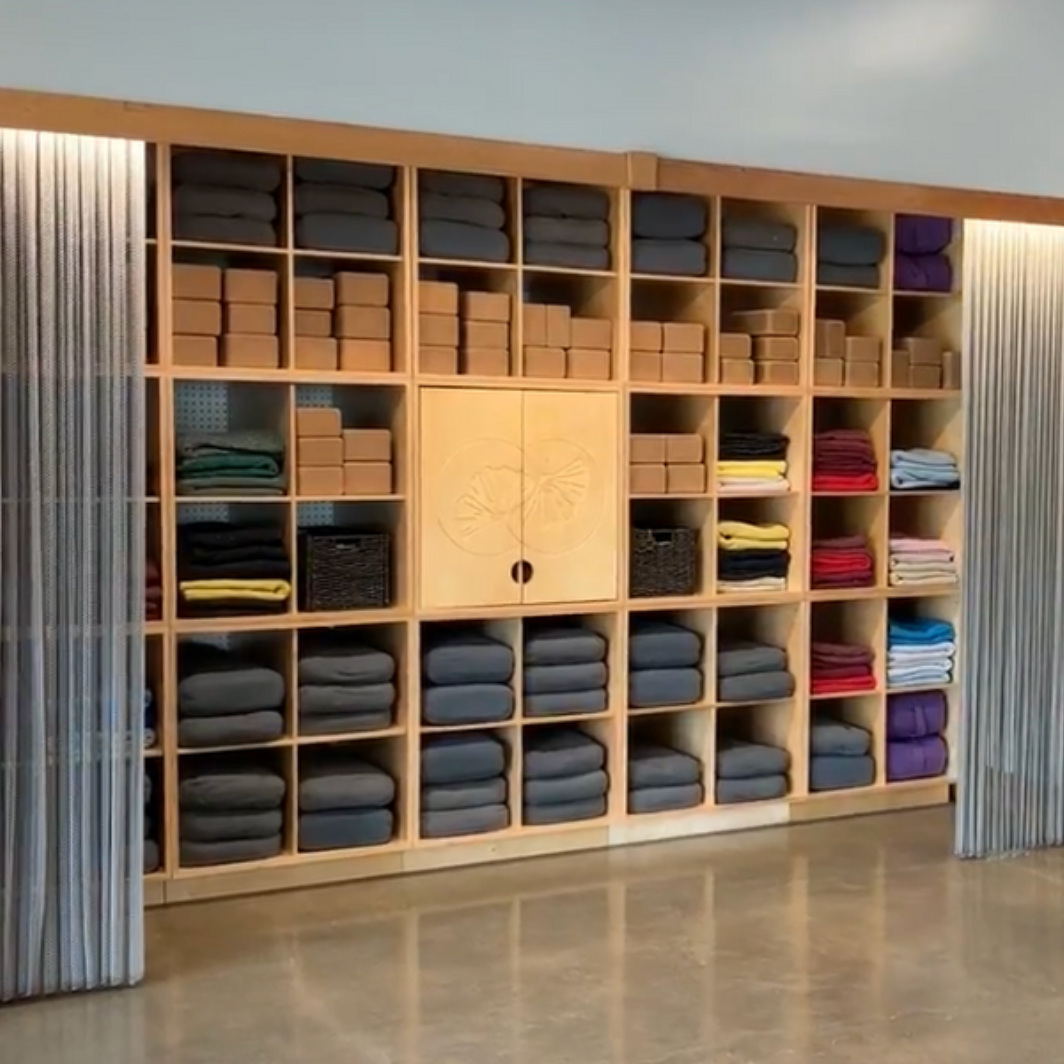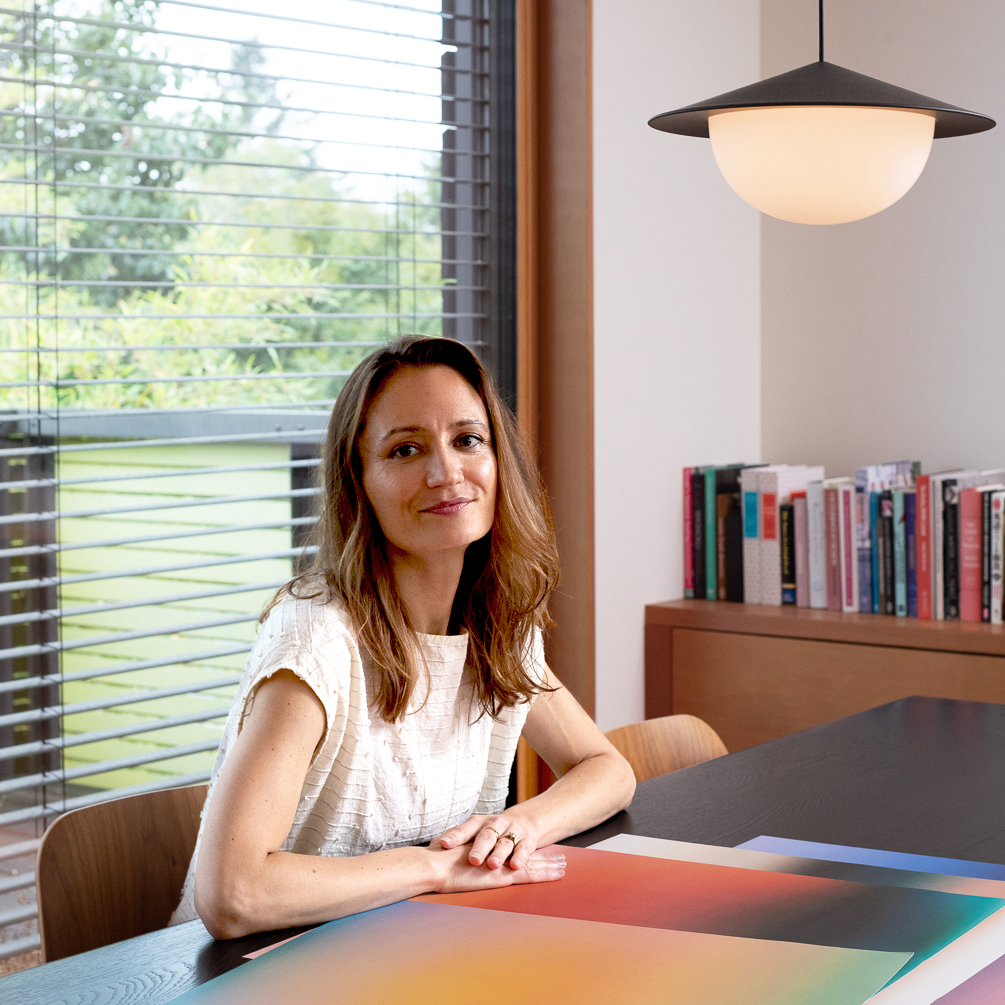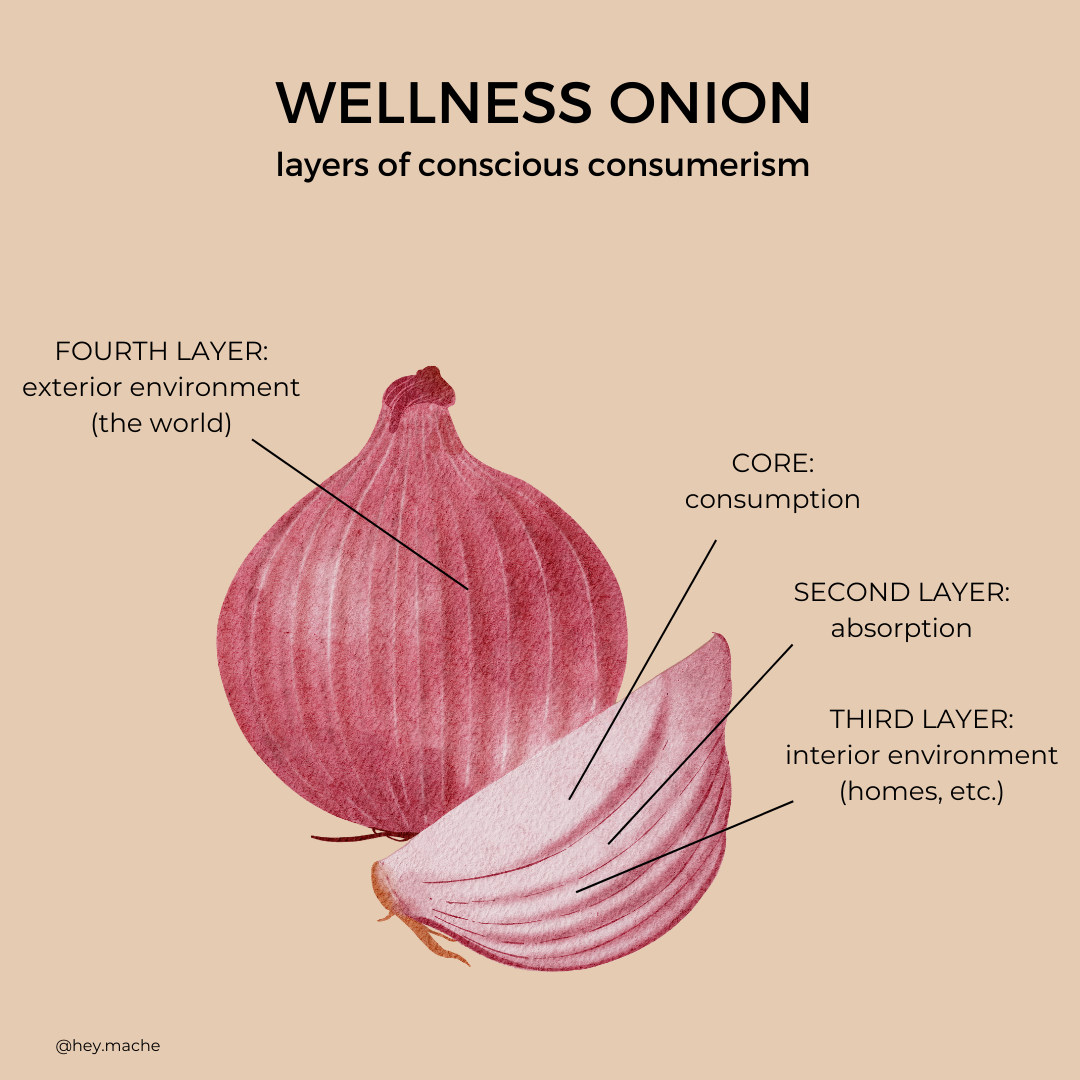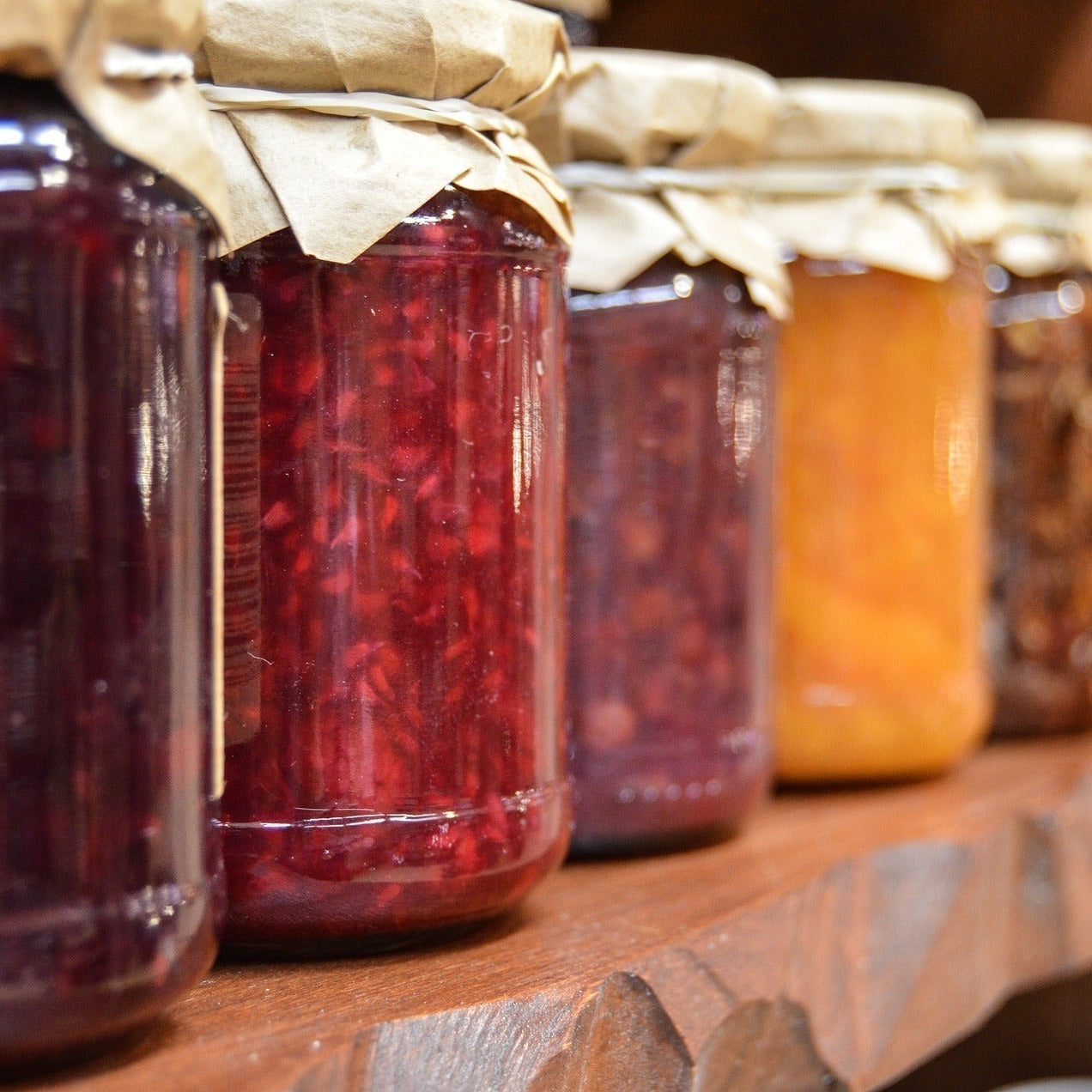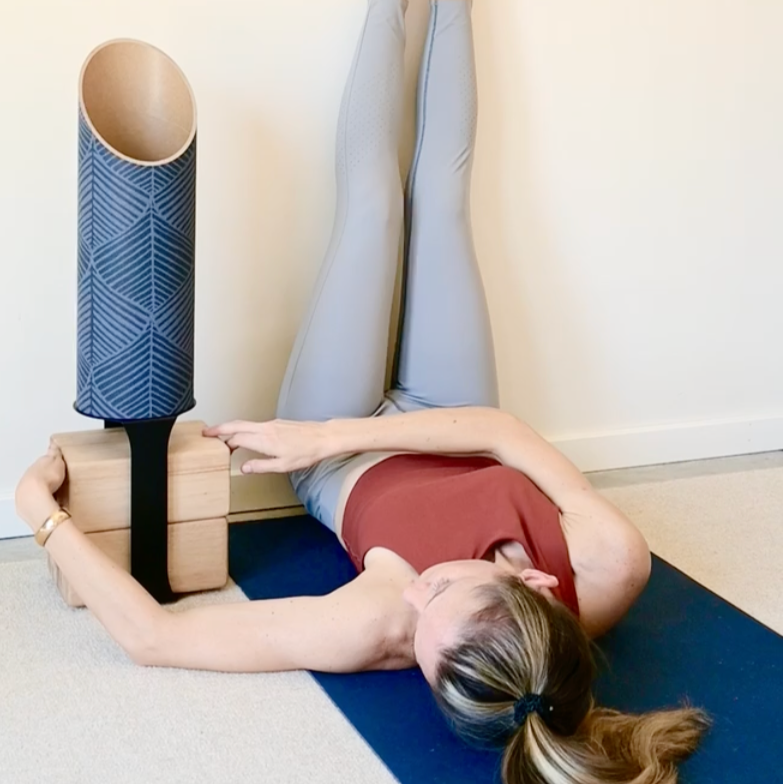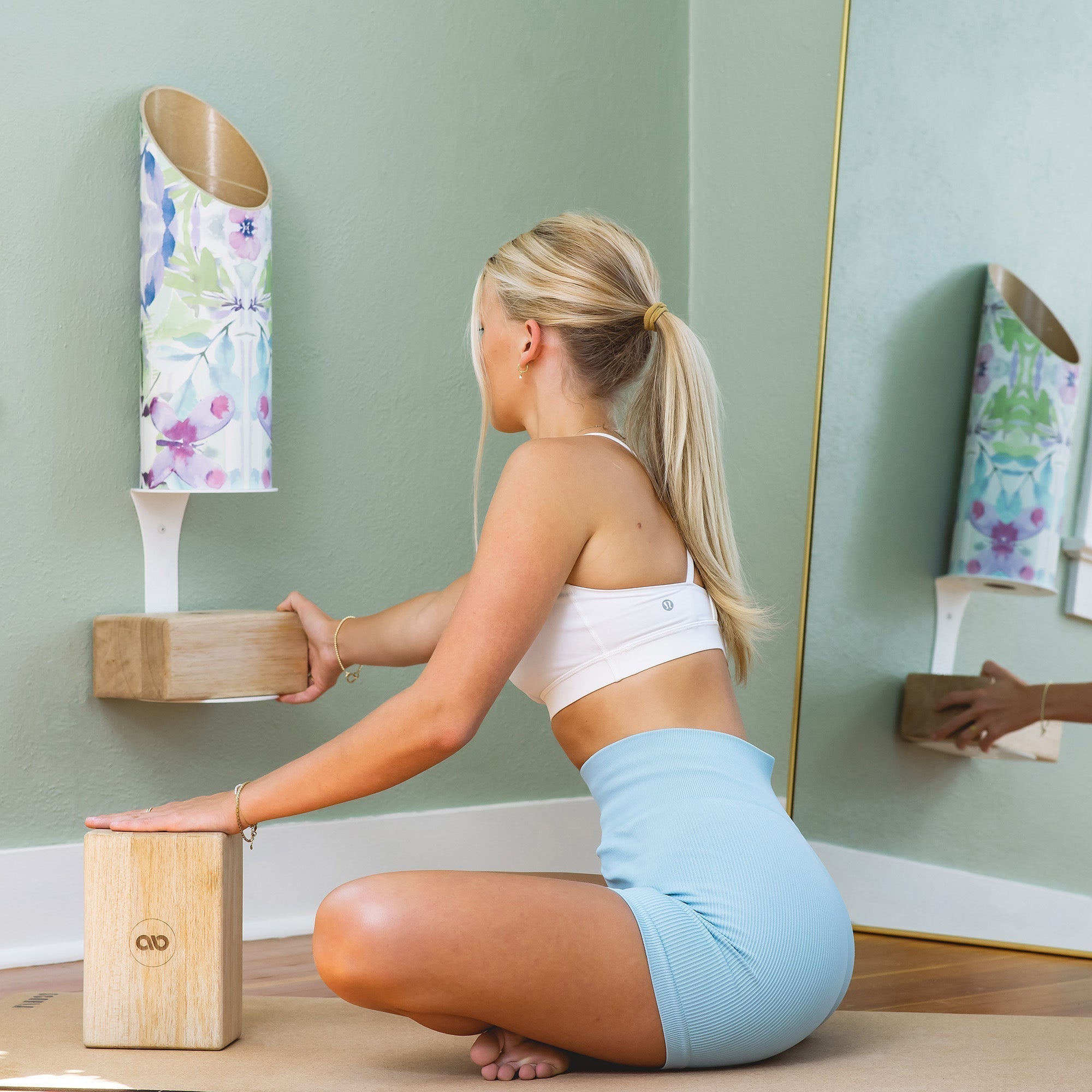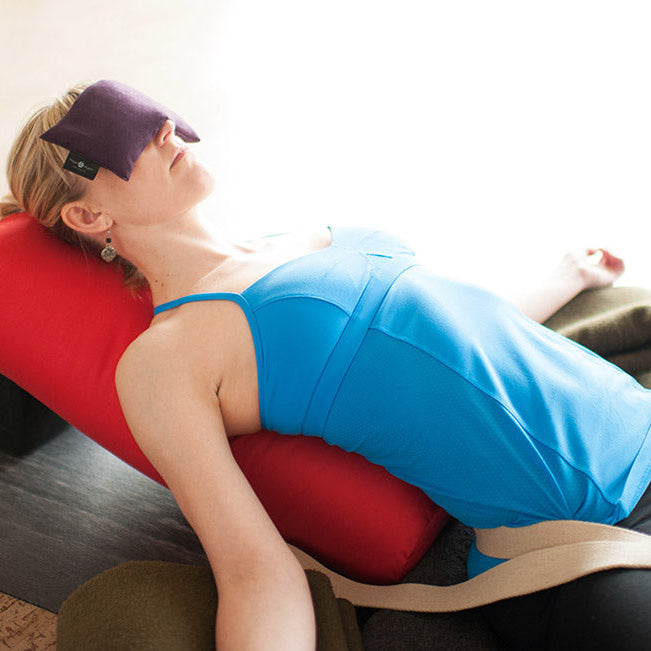In the pursuit of a healthy and mindful lifestyle, many conscious individuals turn to wellness products for their homes and personal care. However, amidst the array of healthy options in the marketplace, there lurks the dangerous marketing practice known as "health-washing" – a deceptive strategy employed by some companies to sell toxic products under the guise of wellness.
To shed light on this critical issue, we sat down with Dr. Meg Christensen, a naturopathic physician and founder of Interior Medicine, an online consultancy, resource hub, and marketplace offering accessible, evidence-based information on the role of interior materials in health and disease prevention, along with actionable solutions to shop smarter for optimal wellness.
With Dr. Meg, we explore the dangers of health-washing and learn how to identify these dishonest sales tactics before investing in chemically-treated home goods, furniture, and decor.

Dr. Christensen, thank you for joining us today. Could you explain to us what health-washing is and how it impacts conscious consumers seeking non-toxic products?
Thank you so much for having me! Of course-- health-washing is the deliberate attempt by a company to make its products appear healthier or more “non-toxic” than they really are in an effort to increase sales. Once someone learns that a “non-toxic” product isn’t actually so non-toxic, it generates confusion, and at worst, resignation.
Toxic chemicals in household products can have severe health implications. What are some common substances we should be wary of when shopping for home goods and furnishings, and how can we recognize these undisclosed dangers "in the wild"?
In general, being wary of “performance” products in home furnishings will go a long way. The ever-increasing world of "performance" fabric offers perfect examples: wrinkle-free sheets are achieved by adding a formaldehyde coating (formaldehyde is a well-known carcinogen and skin irritant). Stain-resistant and waterproof fabrics typically have PFAS added to them (PFAS contribute to obesity, immune system dysfunction, and host of other health problems.) BPA is routinely added to fabrics to make them colorfast. Antimicrobial nano-silver is added to make towels appear more germ-resistant, but actually has harmful effects on health. You get the idea. Innovation is important, and it’s human to be intrigued by new technology, but for now, these chemical advances are best left to industries that don’t make products you’ll be snuggling up with.
Many of us unwittingly trust that "wellness products" are inherently safe for human use, when this is not always the case. How can we differentiate between genuinely eco-friendly products and the health-washed alternatives that may pose health risks?
Healthy skepticism is the key. When I see a beautifully-designed product labeled “non-toxic,” I want to trust that it's good for me. Being swept away by marketing is enjoyable and easy— it’s what marketing is designed to do, after all. But taking a pause to be skeptical and mindful can make a huge difference in protecting your health. Asking, “what are the ingredients? Do they come from plants or fossil fuels? Is the company backing up the claims they make?" is the first step.
Many companies employ misleading terms like "natural," "non-toxic," or "eco-friendly" to attract conscious consumers. With the rise of "green" marketing and eco-friendly claims, how can we navigate through the noise and make informed decisions when choosing sustainable products? What questions should we ask, or what research should we conduct, to uncover the truth behind these claims? Are there specific certifications or labels we should look for, and/or steer clear of?
This is a great question because it brings up a couple of tricky points.
First, it’s important for us to differentiate between “eco-friendly” and “non-toxic” when we’re looking for products. Unfortunately, right now, they’re not always the same thing. Removing plastic water bottles from the ocean is eco-friendly. But, a recycled blanket made out of them is not non-toxic -- snuggling up with plastic and its additives is just not good for you. In short, “green” is not equivalent to “healthy.” So first, being clear about what your goal is, is essential.
Then, whether you’re looking for something green, healthy, or both, check for legitimate third-party certifications. Third-party certification means that an independent group that didn’t make the product, and has no financial ties to the product, has reviewed, tested, and verified the claims that the company making the product has stated. Regulations about how home products are labeled are loose in the US. A company can label their sheets as “organic cotton” when the sheets have a blend of organic and non-organic fibers with many harmful processing chemicals added. Looking for the GOTS-certified organic label for fabrics, the GOLS-certified label for natural rubber latex, and the OEKO-TEX and MADE SAFE labels for other home goods are good places to start.
Finally, the "noise" is very real. The amount of time and energy it takes to understand which certifications apply to what, and which ones are legitimate, is extensive. It’s unfair that this burden is placed on everyday consumers, who have places to be and other things to worry about. This is THE major driver behind Interior Medicine, where I’m on a mission to cut through the noise and make it easier to find truly healthy home design.
How can we, as consumers, combat health-washing effectively, advocate for greater transparency, and promote stricter regulations in the home design industry?
We have enormous power over the home design industry! As consumers, we’ve already driven change in the mattress industry. Once awareness spread about the toxicity of regular polyurethane foam, demand for natural rubber latex mattresses rose sharply. The increased competition has not only driven prices down, but it’s also motivated companies toward more transparency. Listing every ingredient in their mattress is what consumers want now, and some companies have responded. Asking questions, emailing companies, and spending money on non-toxic brands are all ways to advocate to drive continued change.
Could you share any real-life examples or case studies where health-washing practices have misled consumers and resulted in adverse health effects or environmental consequences?
Just this week, I consulted with a client who is building a new home. Her contractors recommended a topcoat for her cement floors, and she asked if it was safe. They checked with the manufacturer who said there were no Red List chemicals in the topping. But as it was being installed, she started having some doubts. I reviewed the SDS sheets, and two Red List chemicals were plainly listed — BPA and formaldehyde. It turns out the manufacturer actually said, "no Red List chemicals were intentionally added to the product." That statement is health-washing, and now she is going to remove the partially-installed topping and replace it with a healthier product to protect herself and her daughter's health.
As an environmental health expert, what is the number one piece of advice you'd offer someone looking to create a healthy, chemical-free home environment? Conversely, what would be the single biggest health-washing threat to be avoided in the home?
The number one thing you can do to improve the health of your home is improving air quality. This could mean opening the windows daily, turning on the exhaust fan every time you cook, getting an air purifier, or ideally, all three. Which brings me to the second answer: right now, hands down, the biggest industry I see healthwashing in is air purifiers. Air is invisible, so it’s especially easy for manufacturers to make claims about what a purifier is doing. There are almost zero regulations in the industry, so typically the only way these companies get “found out” is through investigative reporting on behalf of consumers. Molekule was forced into some major litigation around their claims a couple of years ago, and the New York Times just published an article last week about the continuing problem with other companies. For now, boring is best when it comes to air purifiers! A regular HEPA filter is the only proven way to capture particulate matter, and activated carbon or zeolite is the only way to capture VOCs.
Thank you so much, Dr. Meg Christensen for joining us and sharing your wisdom!
Dr. Meg Christensen's insights have highlighted the dangers of health-washing and the importance of making informed decisions when choosing non-toxic wellness products for our homes. It is crucial for consumers to be vigilant, seek out credible certifications, and research product labels to protect themselves from falling victim to deceptive marketing tactics. As conscious consumers, let's empower ourselves to demand greater transparency from companies, advocate for stricter regulations, and support brands that prioritize the well-being of their customers and the planet. Together, we can create a healthier, safer, and more sustainable home environment for ourselves and future generations.
Connect with Dr. Meg Christensen:
Continue the learning journey with 5 Healthwashing Scams the Wellness Industry Doesn't Want You to Know

